Ulva Intestinalis
by Zoé Bruhat, Asia Pomorska, Vilma Sainio
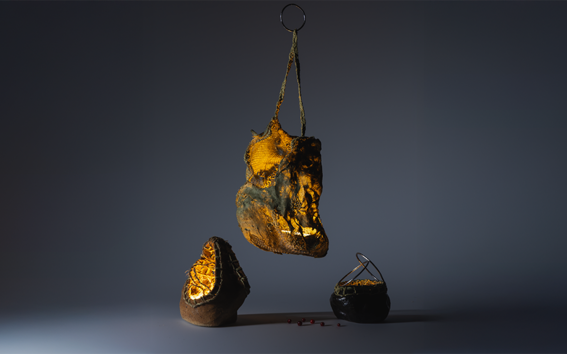
In the Baltic region, traditional practices such as berry-picking, mushroom foraging, and weaving represent more than sustenance; they embody hydro-feminist knowledge systems attuned to local ecosystems. Our work acts as a dialogue, exploring how women’s craft practices and material choices can reimagine consumption through reciprocity between land, water and maker.

We experimented with green algae, first creating tougher and more water-resistant paper maché materials, paper clay, and then an incredibly light algae-stoneware blend, coated in the ash of green algae. Green algae in the Baltic soon became a collector itself: metals, salts, microplastics, and other unknown “pollutants” within the firing process revealed a unique color within the algae-stoneware.
The final form developed are lanterns that also act as a container, illuminating foggy sea days, twilight in the forest, and the traditional fiber crafts primarily done by women during long winter nights on the coast. As material is gathered, the light dims, indicating a sufficient collection. This material-led practice subverts ideas of material sufficiency, with the transitional Baltic ecosystem acting as a collector of cast out materials, and more importantly, as a vessel for mending and collection.

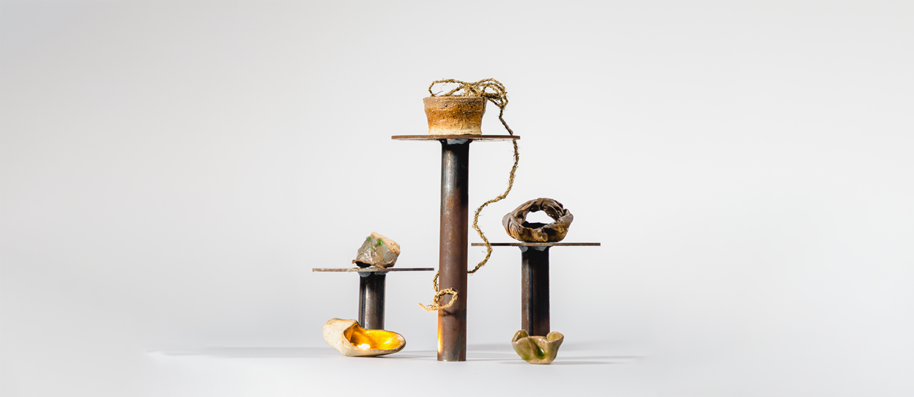
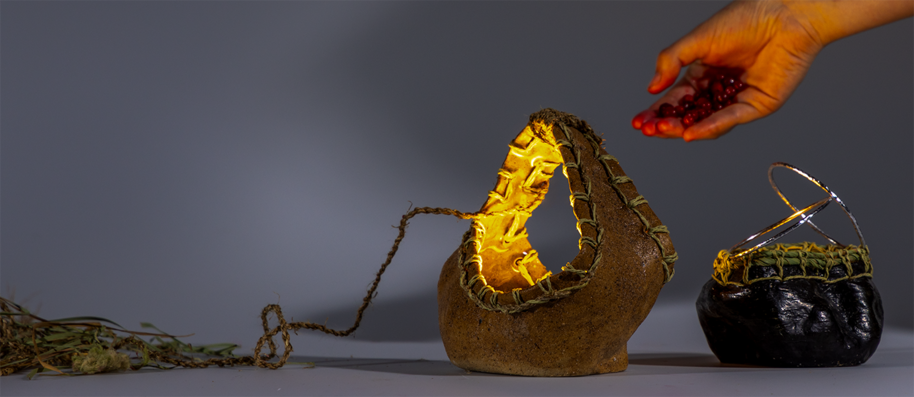
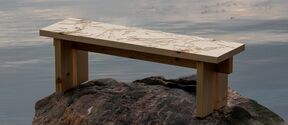
by Zoé Bruhat, Asia Pomorska, Vilma Sainio
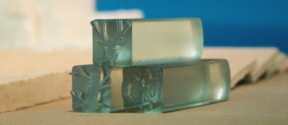
by Enni Gröhn, Jongseung Kim and Petra Hanski

by Charlotte Becker, Ziyue Fan, Venla Hämäläinen